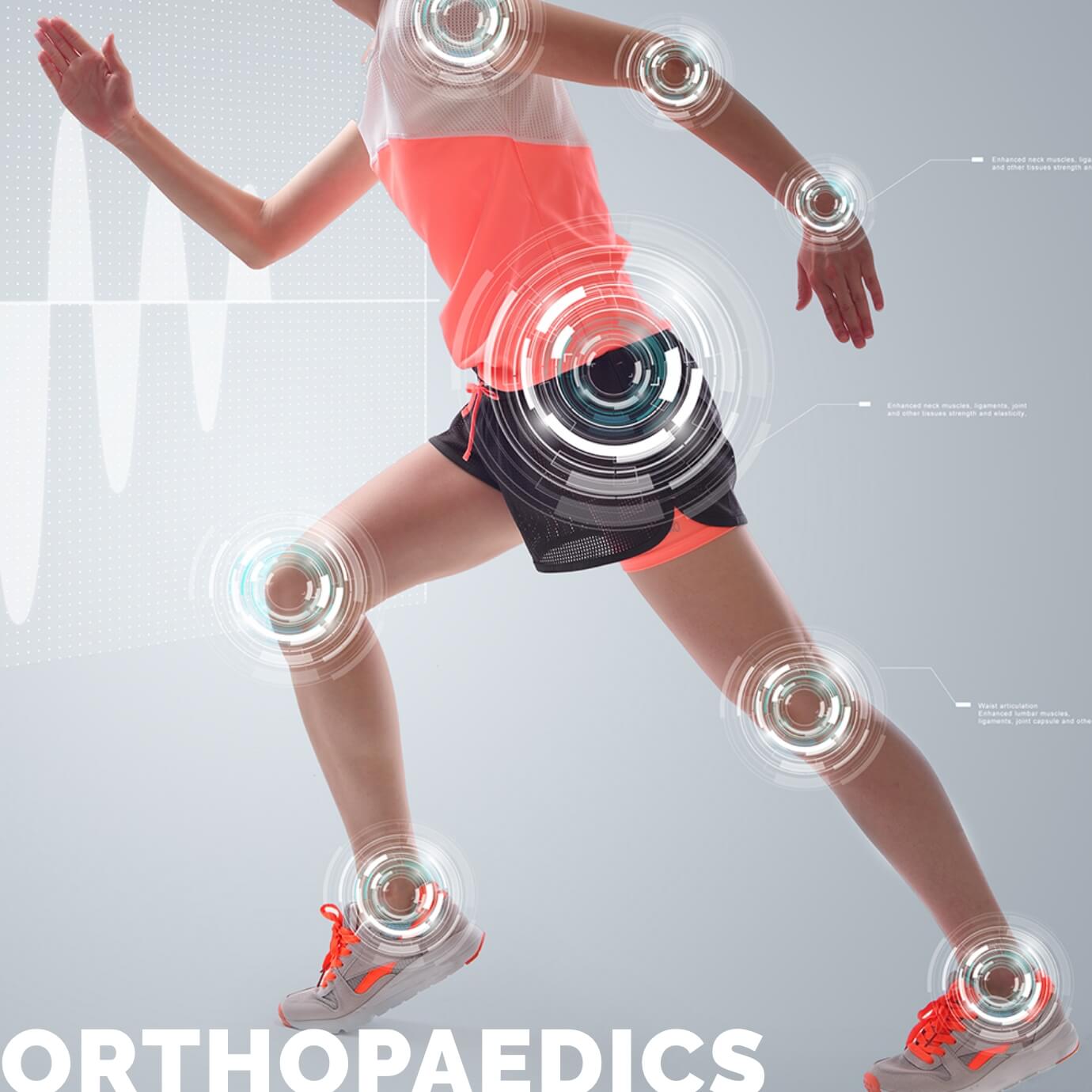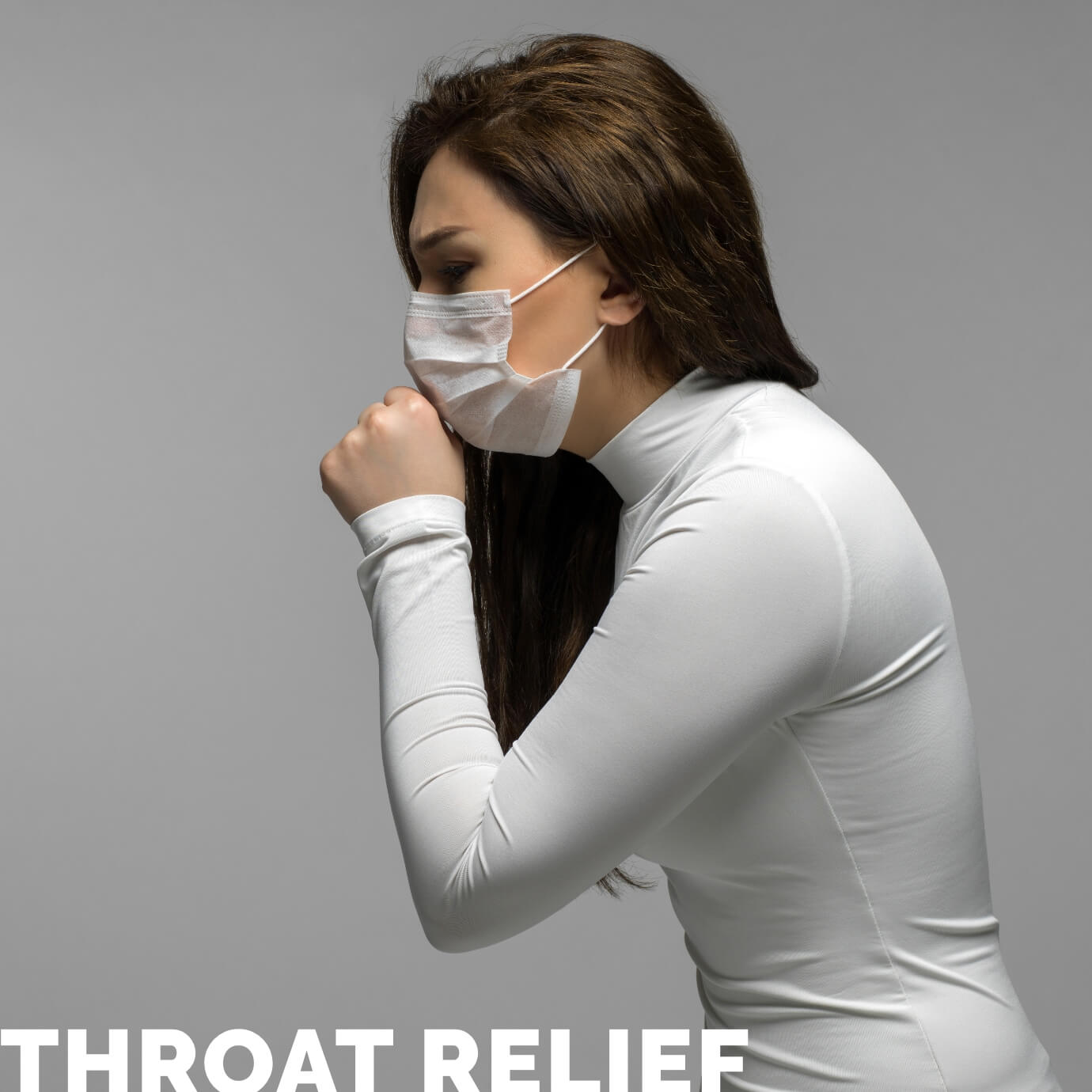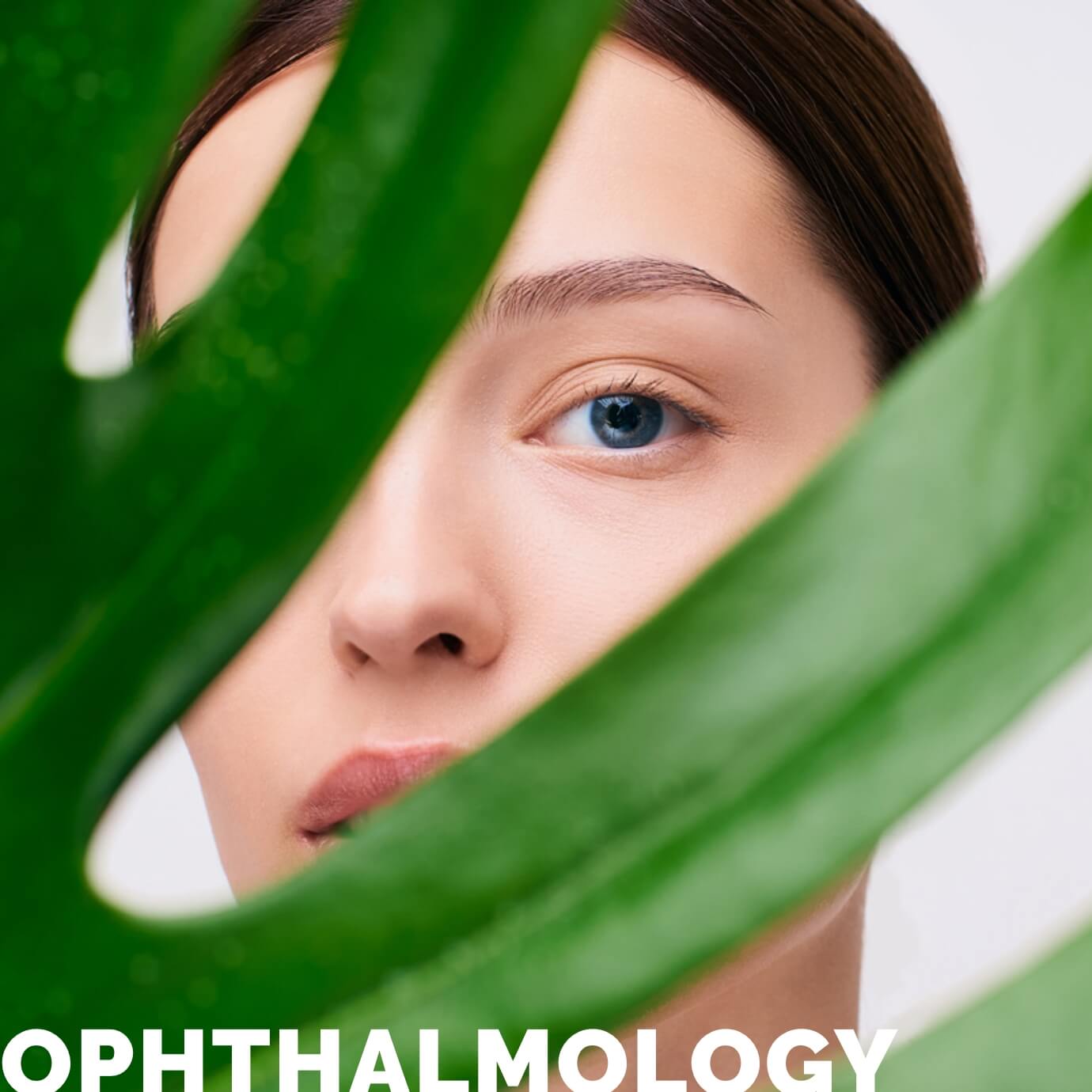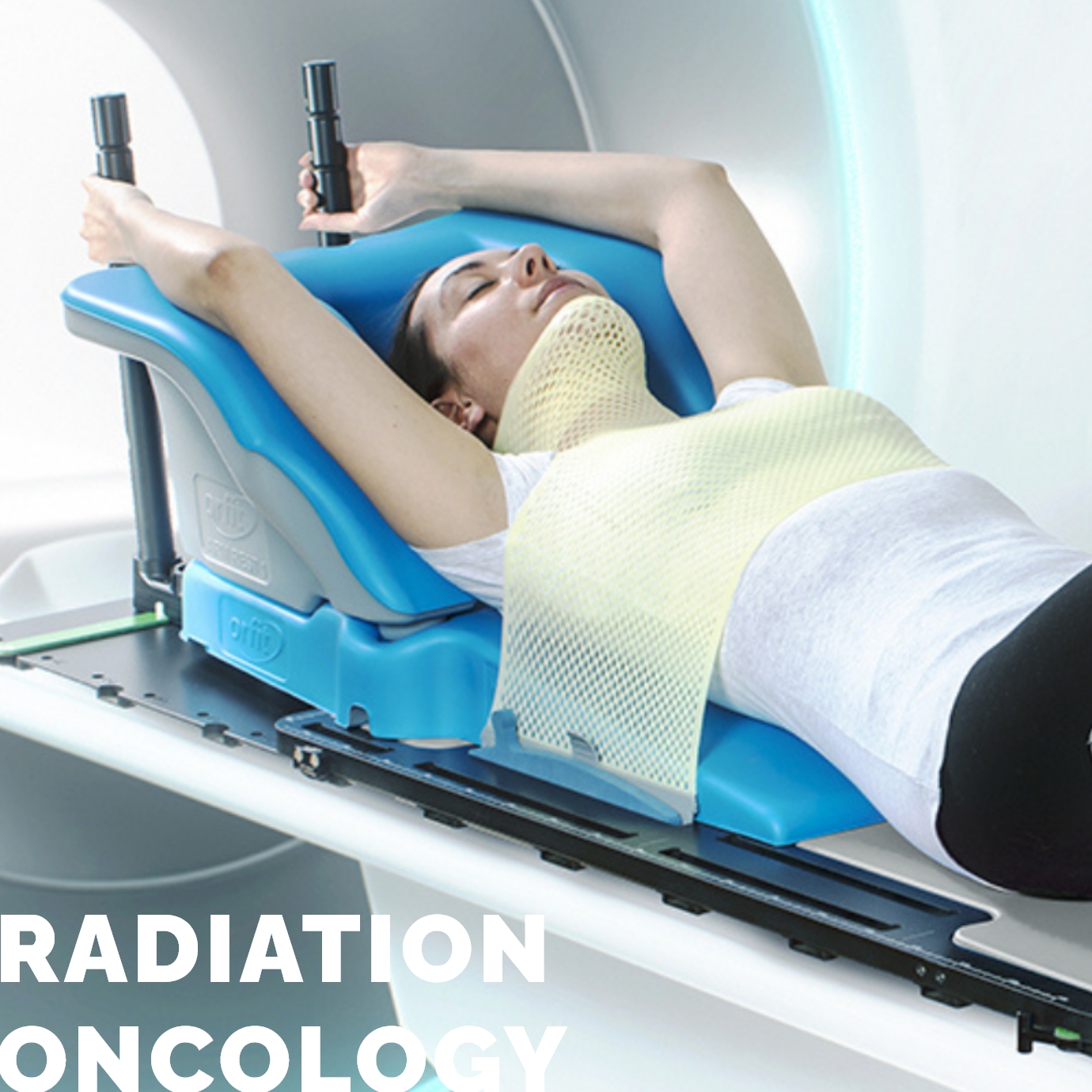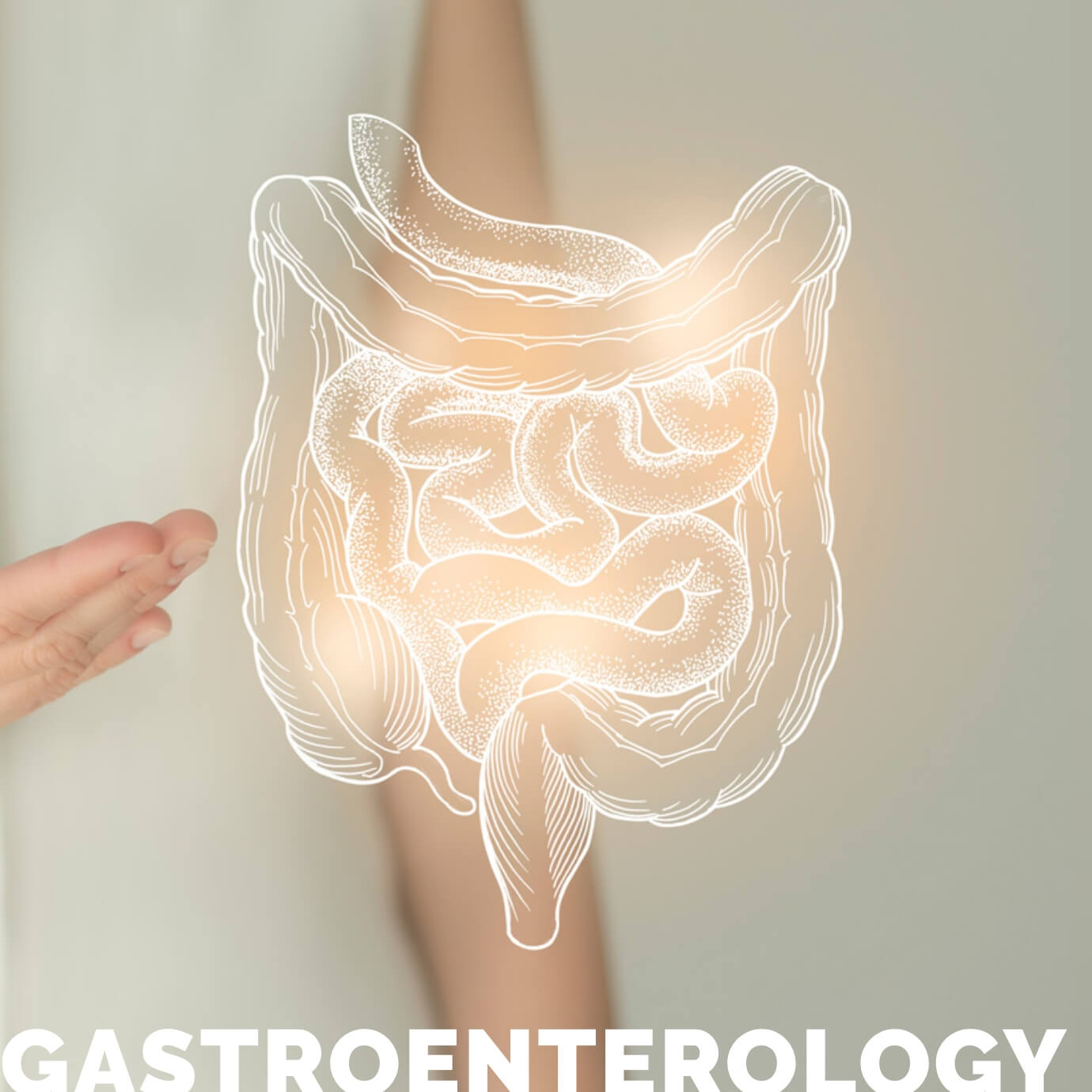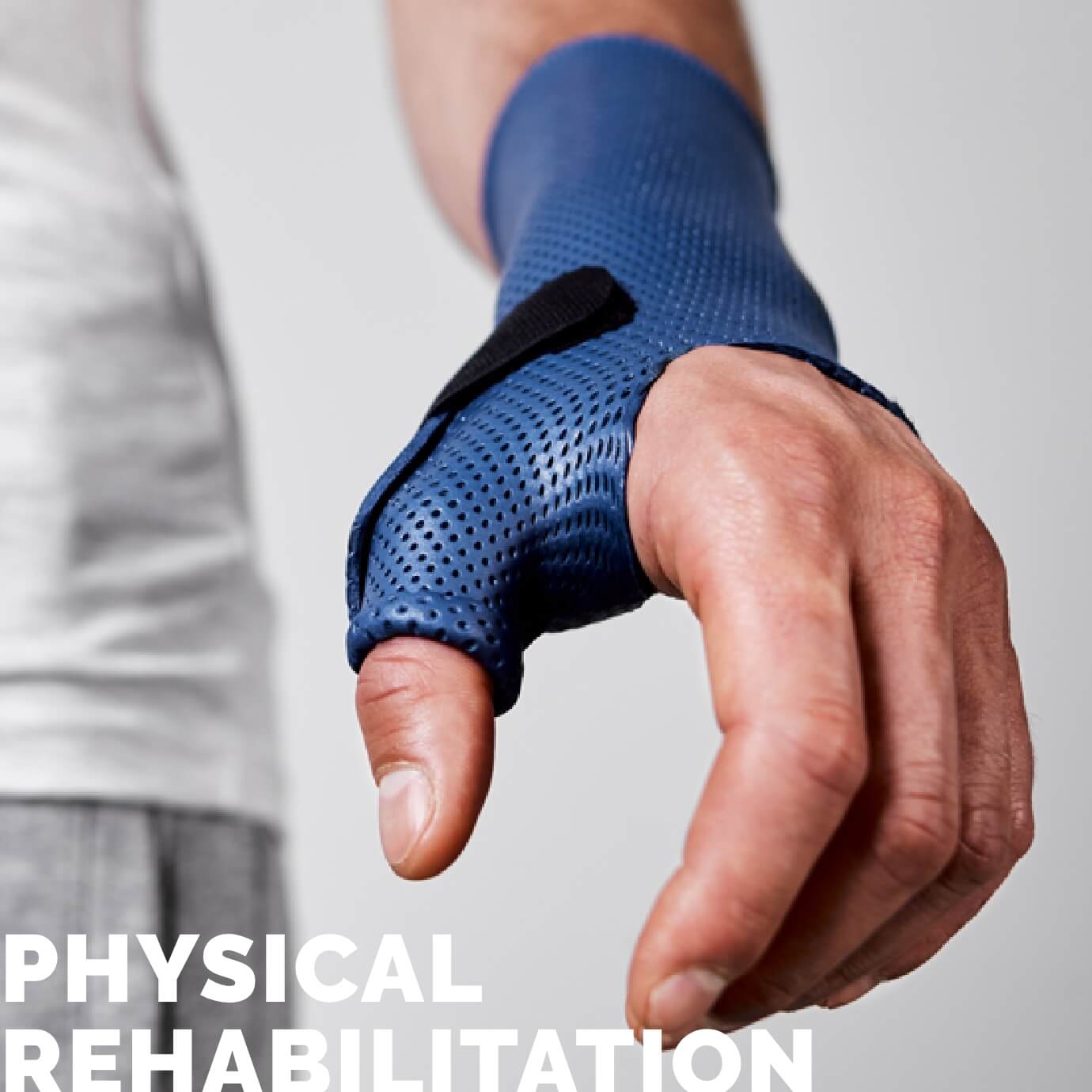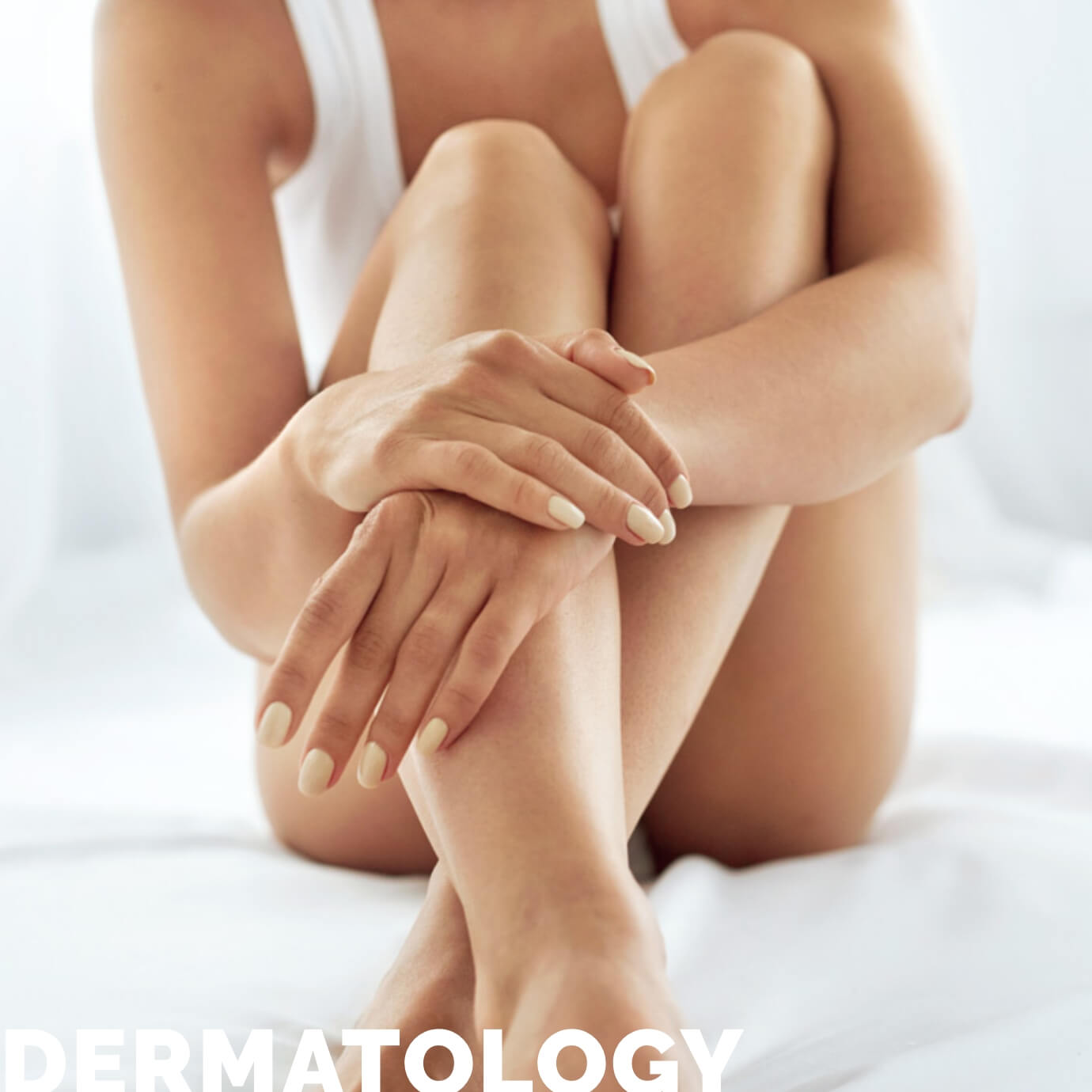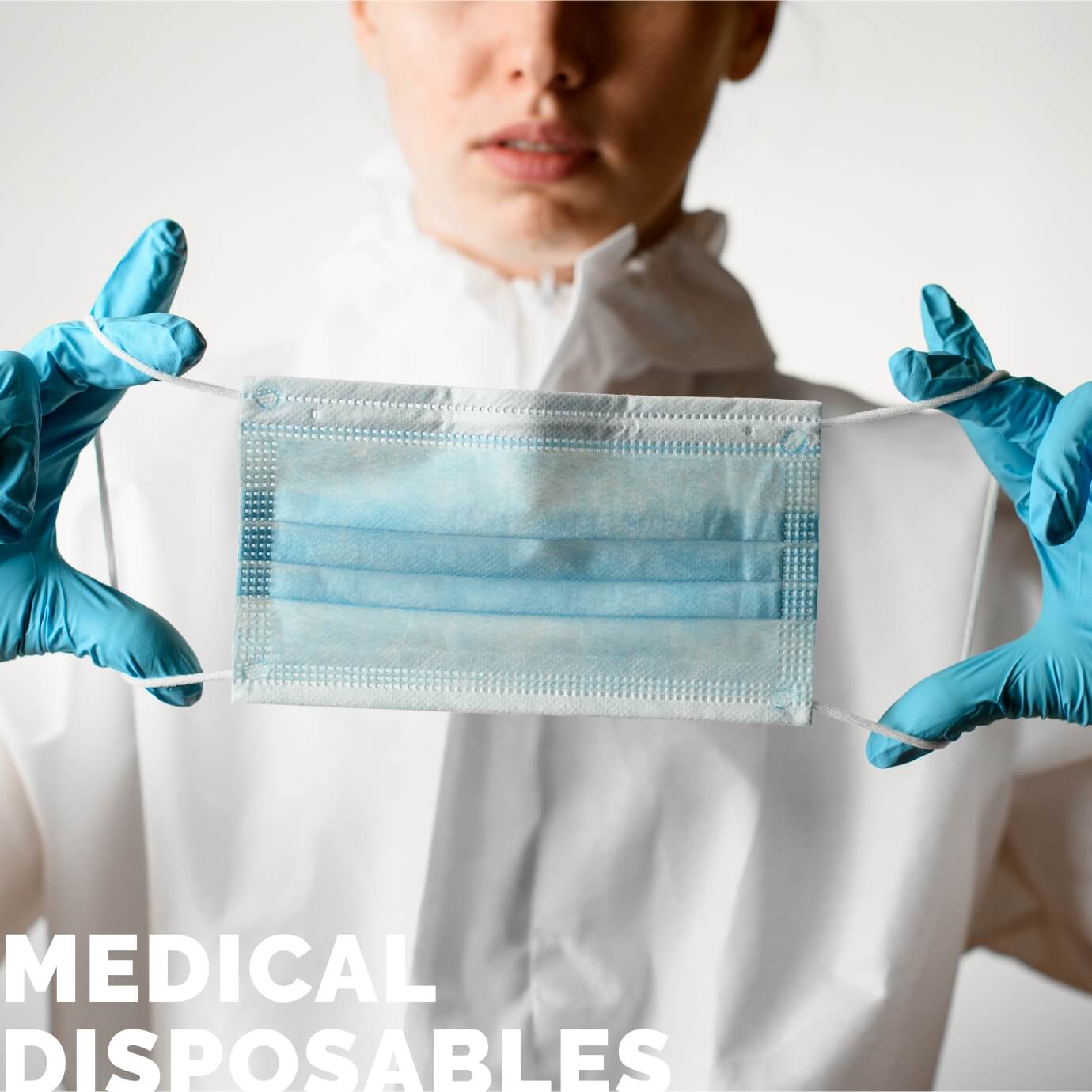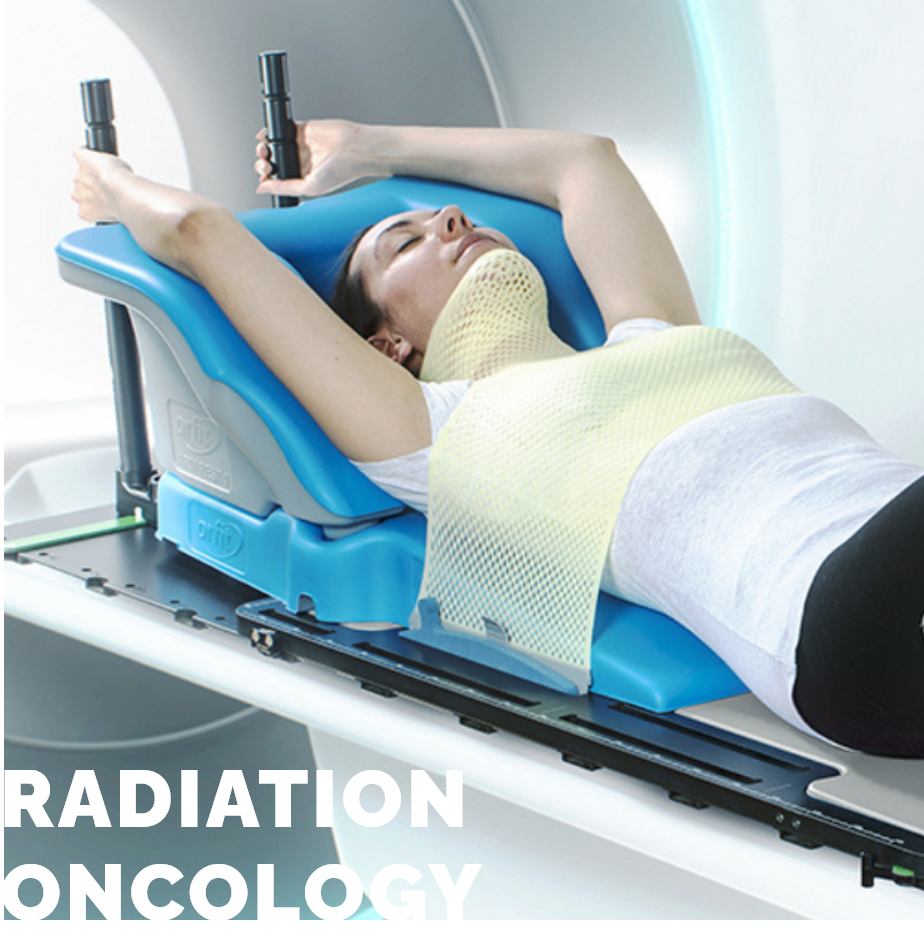Melatonin is one of the most commonly used over-the-counter sleep aids worldwide. Marketed as a “natural” solution for insomnia, jet lag, and poor sleep quality, it has become a go-to option for adults and even children.But is melatonin really harmless? And is it even effective?
Here’s what you need to know before reaching for that next tablet.
What Is Melatonin?
Melatonin is a hormone naturally produced by the pineal gland in the brain. Its main job is to regulate the sleep–wake cycle, rising in the evening to signal that it’s time to wind down and dropping in the morning to help you wake up.
Synthetic Melatonin Supplements
The melatonin sold in pharmacies is a synthetic version of this hormone. Unlike prescription sleep medications, melatonin is often unregulated in dosage and purity in many countries, making its effects unpredictable.
Why Do People Take Melatonin?
Most people use melatonin for:
- Difficulty falling asleep
- Jet lag
- Shift-work sleep rhythm problems
- Stress-related insomnia
- Screen-related sleep disruption
While melatonin can help in certain cases, especially for circadian rhythm issues, many people use it incorrectly or unnecessarily.
Why Melatonin May Not Be Good for You
1. Your Body Can Become Dependent on It (Psychologically)
Melatonin doesn’t cause physical addiction, but people can quickly develop a mental dependence, feeling they cannot sleep without it—especially if used nightly.
2. Dosages Are Often Too High
The body naturally produces about 0.3 mg of melatonin per night. Most supplements sold are 3–10 mg—up to 30 times what your body needs.
High doses can:
- Disrupt your natural hormone rhythms
- Cause next-day grogginess
- Lead to vivid dreams or nightmares
- Affect mood and hormonal balance
3. Quality and Purity Are Unpredictable
Studies found that many melatonin supplements contain:
- Far more melatonin than the label claims
- Contaminants like serotonin, which is unsafe
Because it’s not strictly regulated, the actual dose you’re taking may be completely different from what’s printed.
4. Side Effects Are More Common Than People Think
Melatonin may cause:
- Morning sleepiness
- Headaches
- Dizziness
- Nausea
- Irritability
- Lower body temperature
In children and teens, long-term use may even affect puberty and hormonal development.
5. It Doesn’t Treat the Root Cause of Insomnia
If your sleep issues are due to:
- Stress
- Anxiety
- Irregular schedule
- Excess screen time
- Caffeine
- Hormonal changes
- Poor sleep habits
Melatonin won’t fix those problems. It may simply mask symptoms while the underlying issue continues.
6. Not Suitable for Certain People
Melatonin should be avoided or used cautiously if you have:
- Autoimmune disorders
- Depression
- Epilepsy
- Diabetes
- High blood pressure
- Are pregnant or breastfeeding
It can also interact with medications such as:
- Antidepressants
- Blood thinners
- Blood pressure medication
- Anti-seizure drugs
When Melatonin Can Be Helpful
Melatonin can be useful short-term, especially for:
- Jet lag
- Shift-work adjustments
- Circadian rhythm disorders
- Sleep pattern resetting after travel or illness
In these cases, low doses (0.5–1 mg) taken at the right time may help.
Better Alternatives to Improve Sleep
Instead of relying on melatonin, try improving your sleep hygiene:
1. Keep a regular sleep schedule
Go to bed and wake up at the same time daily.
2. Reduce screen time
Avoid phones and tablets 1 hour before bedtime.
3. Create a sleep-friendly environment
Cool, dark, quiet rooms help your body wind down.
4. Limit caffeine and heavy meals at night
5. Manage stress
Deep breathing, meditation, or gentle stretching can help.
6. Get natural sunlight
Daylight exposure helps regulate your internal clock.
If insomnia persists, it’s best to consult a doctor to evaluate underlying causes.
Conclusion
Melatonin is often thought of as a harmless, natural sleep aid—but the truth is more complicated. While it may help in specific, short-term situations, long-term or excessive use can disrupt your natural hormone balance, cause side effects, and create psychological dependence.
Before relying on melatonin nightly, consider addressing lifestyle factors, improving sleep habits, and seeking professional guidance if sleep problems persist. Understanding the root cause of your sleep difficulties not only leads to safer, more sustainable solutions, but also supports healthier sleep rhythms in the long run.
Why is an Eye doctor worried about Sleep?
Because Sleep Is Important for Preventing Dry Eyes
- During sleep, there are corneal cells that are important for retaining fluid that regenerate.
- Poor sleep reduces tear production and increases inflammation
- Lack of REM sleep can worsen eye fatigue, redness, and light sensitivity
- People with insomnia or irregular sleep cycles have higher rates of dry eye disease
Better sleep → Better tears → Happier eyes.
You may experience eye twitches or spasms when you have not had enough sleep. Your eyes may even be more sensitive to light, or you may have blurry vision. Sleep deprivation could lead to serious eye problems, such as glaucoma, over time. Research has shown that sleep helps clear out toxins that accumulate in the retina during the day.
Patients who see me know that I believe in the holistic approach and to manage the root cause of the problem. If sleep is the cause of the eye issues, I would work on the sleep and in meantime start on a supplement that is not a sleeping pill to help regulate the sleep cycle. I have had wonderful results with a supplement called Deeper Sleep. You can read more about it here.

Read the full article on THE EYECLINIC


